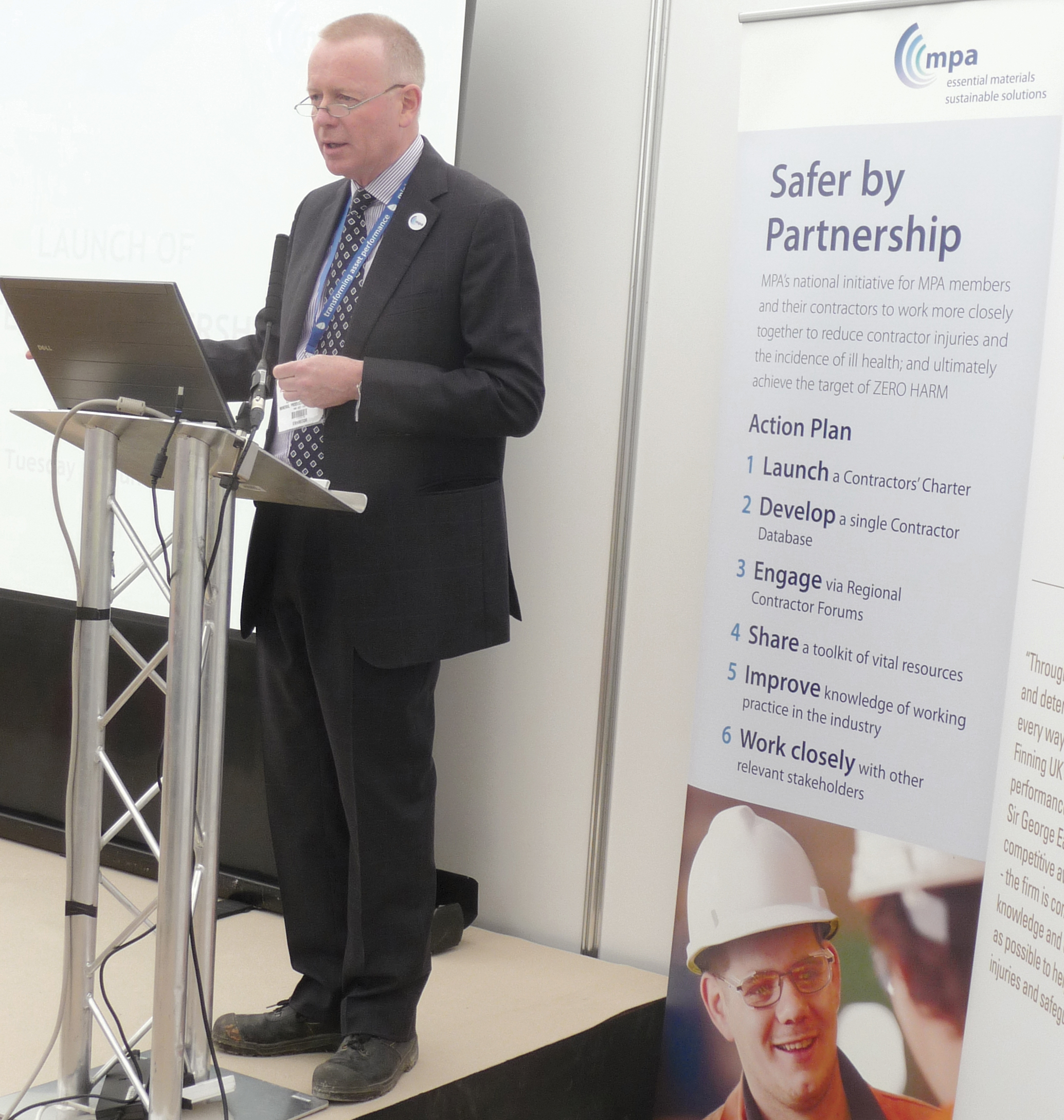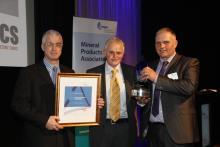
Risk assessment and safety auditing along with new initiatives will reduce the possibility of accidents and injury at work
Many companies, including those in the European quarrying industry, now list health and safety as their top priority.
Indeed, at the recent
“MPA members need to be able to demonstrate contractors’ and sub-contractors’ competence with the same degree of rigour as if the contractors were directly employed,” says Nigel Jackson, chief executive MPA.
“It is in recognition of the key role that contractors play in the achievement of Zero Harm that we have developed and launched Safer by Partnership.”
The new initiative sets out a clear action plan and this includes launch a Contractors’ Charter to harness contractors’ and clients’ minds to work together in true partnership and contribute to the achievement of Zero Harm; develop a single Contractor Database which will streamline prequalification by enabling contractors to lodge and share their credentials with clients, and engage to share ideas, gain feedback and review progress via Regional Contractor Forums.
Further sections of the action plan will see those involved share a toolkit of vital resources including statistics, publications, web links and competence mapping; improve knowledge of working practice in the industry so that performance can be improved, and work closely with other relevant stakeholders so that the Safer by Partnership initiative is widely supported and successful.
MPA statistics show that contractors are at disproportionate risk of occupational injury. Of the fatalities that occurred at MPA members sites between 2000 and 2011, two-thirds were suffered by contractors. Additionally, the number of contractor Lost Time Incidents (LTI) increased between 2009 and 2011. This is despite ten years of overall continuous improvement in pursuit of Zero Harm.
“I wholeheartedly endorse the aims of MPA in setting the benchmark for its members. It’s actually quite a brave move, I think, for a trade association to ask such a thing of its membership. But I think it’s also one which the enlightened moral majority have given full support to, so credit must go to both MPA and its membership for that,” says Colin Mew, principal inspector National Quarries Inspection Team HSE (
“A risk assessment is an important step in protecting your workers and your business, as well as complying with the law. It helps you focus on the risks that really matter in your workplace: the ones with the potential to cause harm,” says HSE.
“In many instances, straightforward measures can readily control risks. For most, that means simple, cheap and effective measures to ensure your most valuable asset, your workforce, is protected.
“A risk assessment is simply a careful examination of what, in your work, could cause harm to people, so that you can weigh up whether you have taken enough precautions or should do more to prevent harm. Workers and others have a right to be protected from harm caused by a failure to take reasonable control measures.
“The law does not expect you to eliminate all risk, but you are required to protect people as far as is reasonably practicable.”
HSE points out that its guidance is not the only way to do a risk assessment and that there are other methods that work well, particularly for more complex risks and circumstances.
Its five steps involve identifying the hazards;decide who might be harmed and how; evaluate the risks and decide on precautions; record findings and implement them, and review the assessment and update if necessary.
“Don’t overcomplicate the process. In many organisations, the risks are well known and the necessary control measures are easy to apply,” says HSE.
“When thinking about risk assessment, remember a hazard is anything that may cause harm, and the risk is the chance, high or low, that somebody could be harmed by these and other hazards, together with an indication of how serious the harm could be.”
Monitoring provides the information to let companies review activities and decide how to improve performance.
“Audits, by company staff or outsiders, complement monitoring activities by looking to see if a company’s policy, organisation and systems are actually achieving the right results. They tell about the reliability and effectiveness of systems.
“Combine the results from measuring performance with information from audits to improve the approach to health and safety management.”







